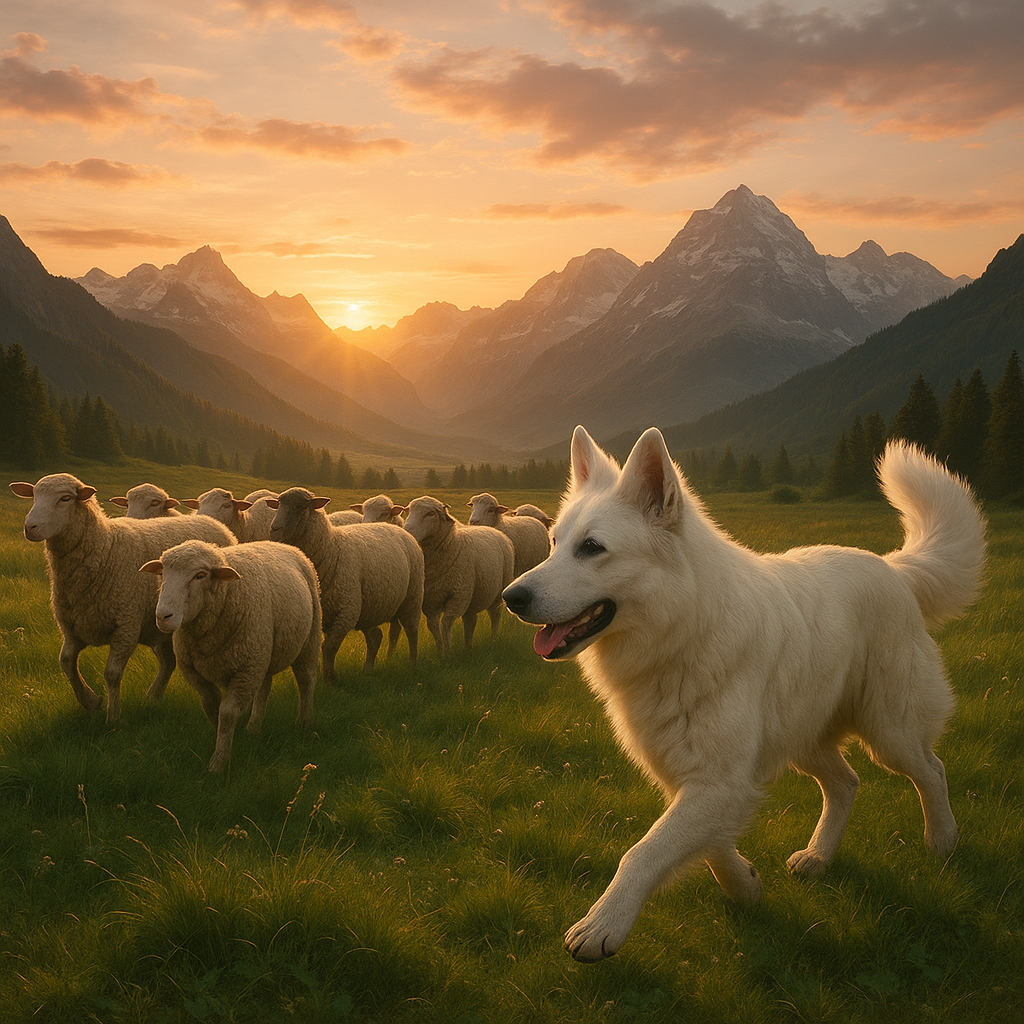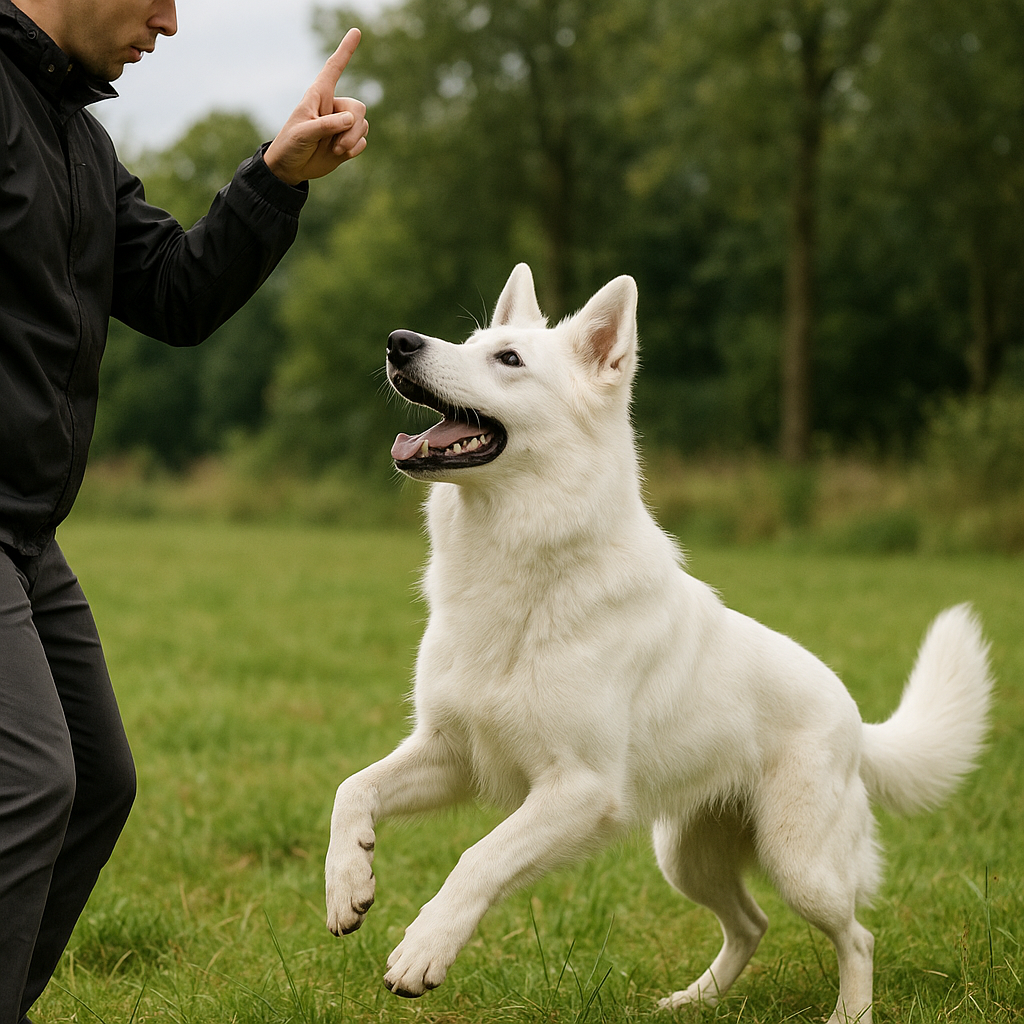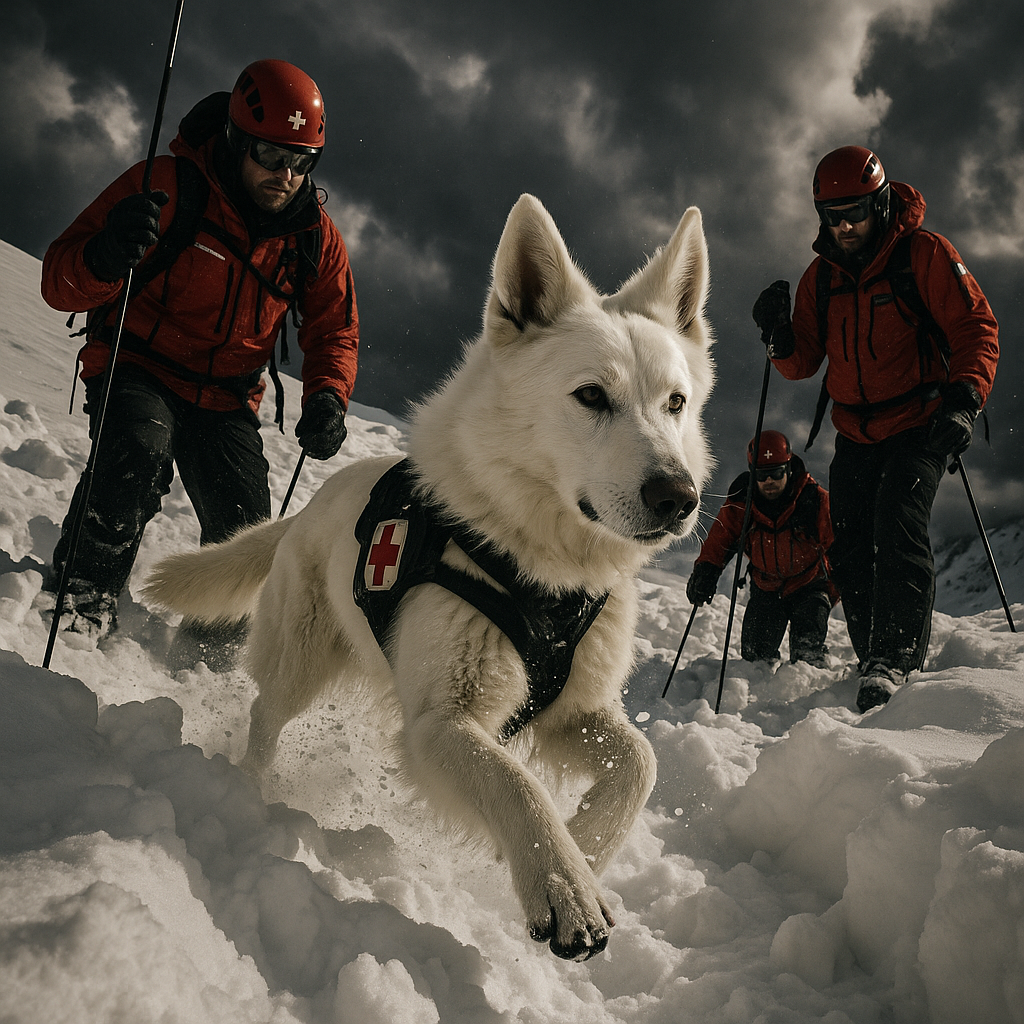| Points clés | Détails à retenir |
|---|---|
| 📖 Definition | Understand the Swiss Shepherd’s origin and temperament |
| 🎯 Main missions | Identify herding, rescue, eco-patrol roles |
| 🏫 Training | Detail basic to specialized courses |
| 🧠 Temperament | Assess intelligence and adaptability |
| 💬 Testimonials | Gather handler experiences and anecdotes |
| 🌐 Adaptability | Highlight versatility across environments |
The Swiss Shepherd Dog excels as a versatile working partner, whether guiding flocks, joining rescue teams, or patrolling natural reserves. With targeted training and a keen temperament, it adapts readily to diverse professional tasks while forging strong bonds with its handler.
Understanding the Swiss Shepherd Dog
The Berger blanc suisse, recognized by the FCI in 2003, descends from the German Shepherd lineage but developed a distinct white coat and temperament. Selected for intelligence and stability, it blends agility with a calm demeanor, making it well-suited for demanding roles.
Origins and Breed Selection
In the early 20th century, Swiss breeders preserved white-coated German Shepherds, valuing their resilience and sensitivity. Over decades, careful pairing emphasized sound structure and even temperament. Today’s Swiss Shepherd carries those founding traits with a focus on teamwork and learning speed.
Physical and Mental Profile
- Height: 55–66 cm at the withers
- Coat: Dense white double coat, weather-resistant
- Energy level: High endurance, thrives on tasks
- Intellect: Rapid learner, excels in problem-solving
- Temperament: Alert, affectionate, stable under stress
Missions in Professional Settings
Whether guarding livestock, tracking missing persons, or monitoring sensitive areas, the Swiss Shepherd proves its value across a spectrum of assignments. Handlers often appreciate its intuitive issue-spotting and unwavering focus.
Herding and Livestock Management
Traditionally, Swiss Shepherds herd sheep and goats across mountain meadows. Their job includes gathering strays, guiding flocks through trails, and protecting livestock from predators. In comparison, breeds like the Polish Lowland Sheepdog also excel, yet the Swiss Shepherd often outperforms in endurance at altitude.
Search & Rescue and Tracking
Equipped with a strong drive to please, these dogs partner with mountain rescue units. They learn to navigate rough terrain, signal finds to handlers, and maintain stamina during extended searches. Their white coat enhances visibility in snow or dense forest.
Pest Control and Eco-Guard
In vineyards and orchards, Swiss Shepherds deter rodents and wild boars. Trained to patrol perimeters, they follow invisible boundaries set by electronic collars or hand signals. This proactive presence reduces crop damage without lethal measures.

Training Pathways
From puppy socialization to advanced certification, a structured curriculum shapes the Swiss Shepherd into a reliable working dog. Progressive challenges hone obedience, agility, and task-specific skills.
Basic Obedience and Temperament Development
At 8–10 weeks, puppies begin socialization classes focusing on:
- Human and animal interactions
- Handling exercises (grooming, vet checks)
- Introductory recall and leash-work
This stage lays the groundwork for confidence and mutual trust.
Specialized Modules
Depending on the targeted mission, handlers enroll dogs in dedicated schools:
- Herding School: Commands like “lie down” and “back” refine flock control.
- Rescue Training: Obstacle navigation, victim detection and signaling.
- Patrol & Security: Boundary training, silent alert and non-aggressive deterrence.
| Training Level | Duration | Certification |
|---|---|---|
| Foundation | 2–3 months | Basic Obedience |
| Intermediate | 4–6 months | Herding/Patrol |
| Advanced | 6–12 months | Rescue/Special Ops |

Testimonials from Handlers
Practical accounts reveal the Swiss Shepherd’s impact on daily operations. From dawn patrols to emergency missions, handlers share insights on challenges and triumphs.
A Breeder’s Perspective
« I’ve watched litters grow into confident partners. Their keenness to learn means I can introduce new exercises quickly. One dog even mastered complex herding patterns in under a month. »
– Marie Dubois, Swiss White Shepherd breeder since 2010.
A Rescue Team’s Insight
« During a winter avalanche drill, our Swiss Shepherd spotted a buried volunteer faster than any electronic probe. Its endurance in deep snow saved precious minutes. »
– Antoine Lefèvre, Alpine Rescue Unit.

Key Takeaways
- Versatile: adapts from farms to rescue missions
- Trainable: learns tasks rapidly with positive reinforcement
- Resilient: thrives in harsh climates and challenging terrain
- Bond-driven: forms strong partnerships with handlers
- Ethical: supports eco-friendly pest control
FAQ
- What distinguishes the Swiss Shepherd from the German Shepherd?
- Its white coat, selected temperament focusing on stability, and a slightly lighter build optimized for endurance rather than sheer strength.
- At what age should training begin?
- Socialization and basic obedience start at 8–10 weeks; specialized modules follow after 6 months.
- Can a Swiss Shepherd work in urban settings?
- Yes. With proper socialization, it excels in search-and-rescue or therapy roles within cities.
- How long does certification take?
- From foundation to advanced, programs span 12–18 months, depending on the specialty.
- Is the breed prone to health issues?
- Generally hardy, but recommended screenings include hip and elbow dysplasia evaluations.
- Where can I find reputable training schools?
- Look for FCI-affiliated centers or national shepherd dog associations with certified instructors.










